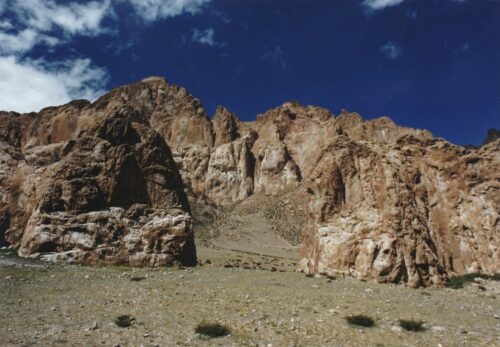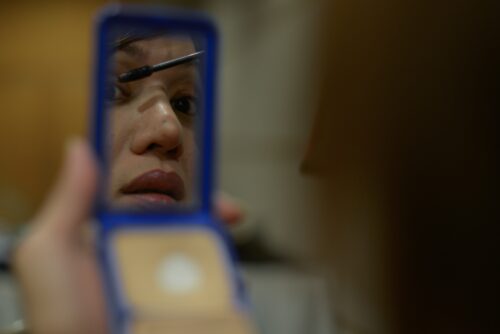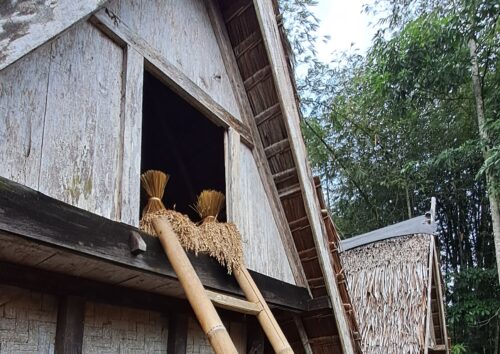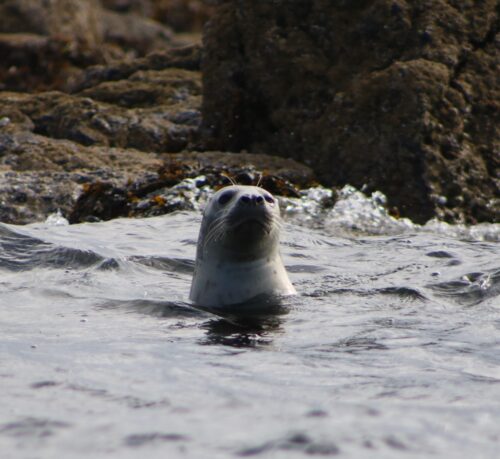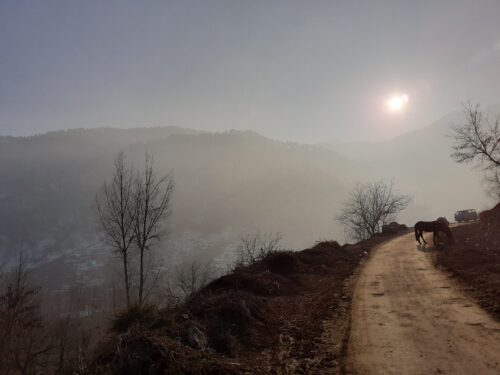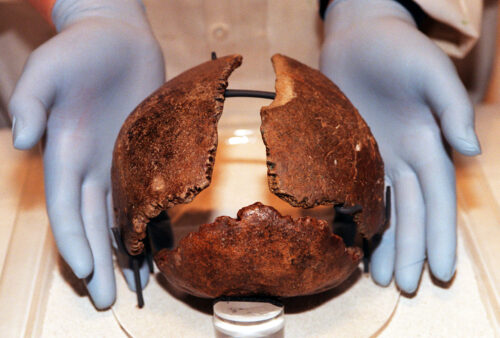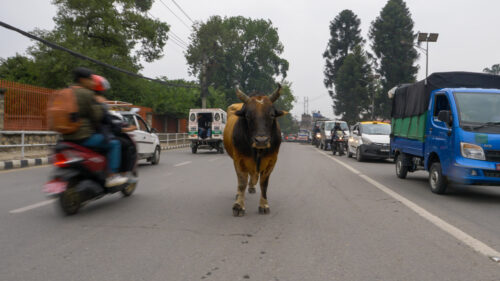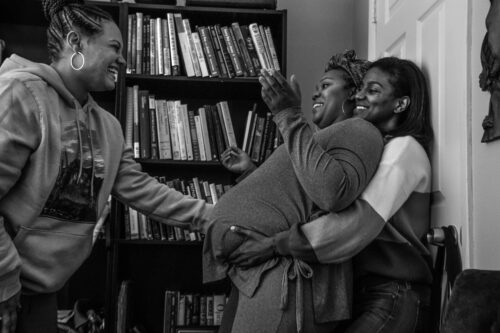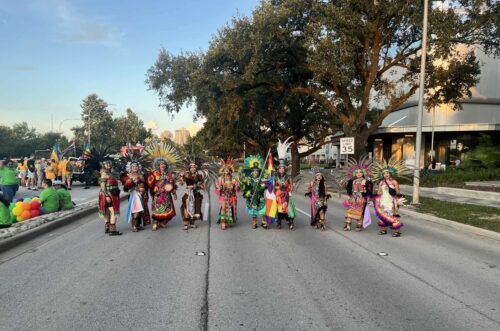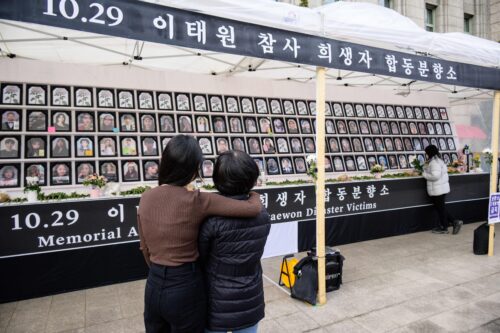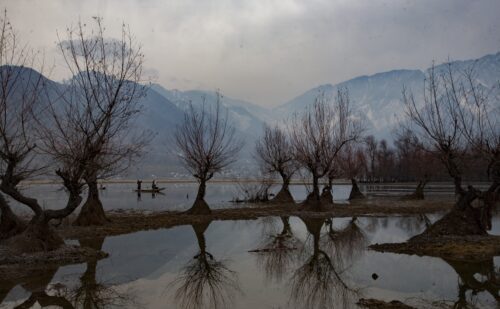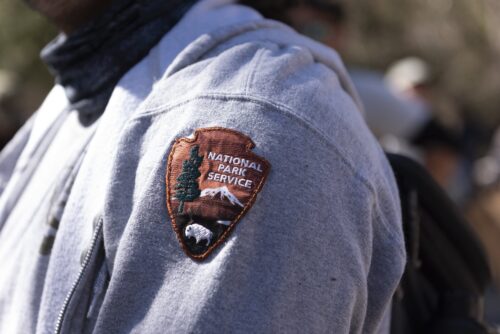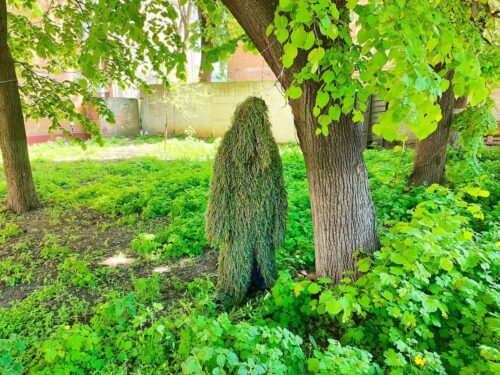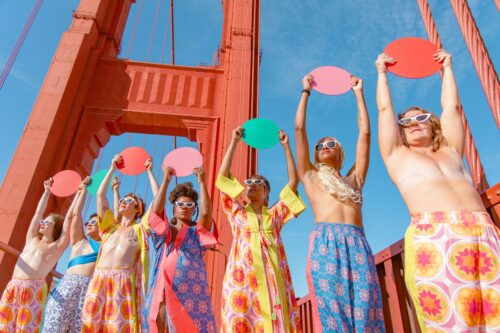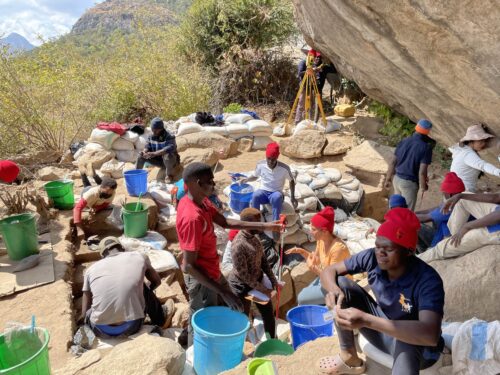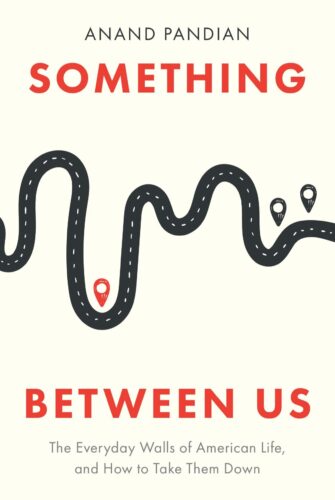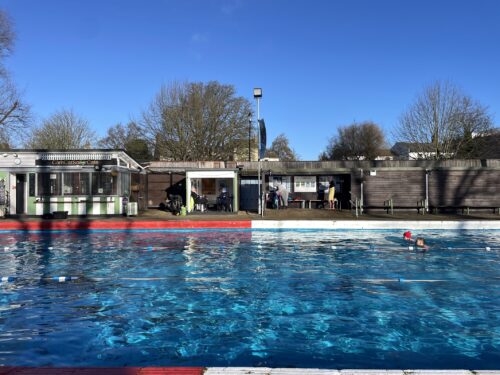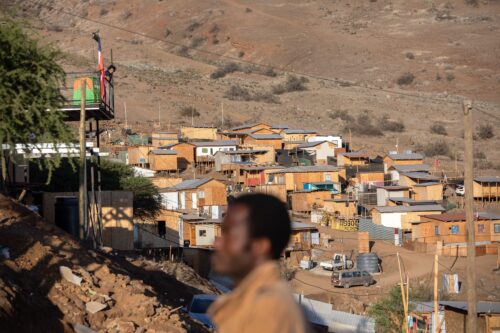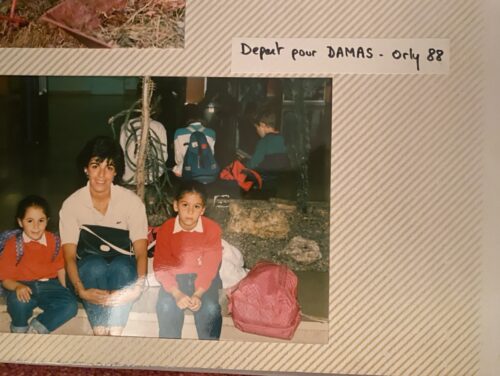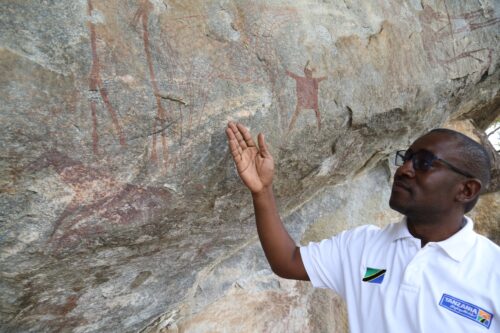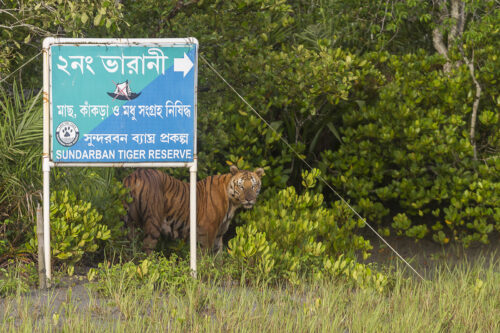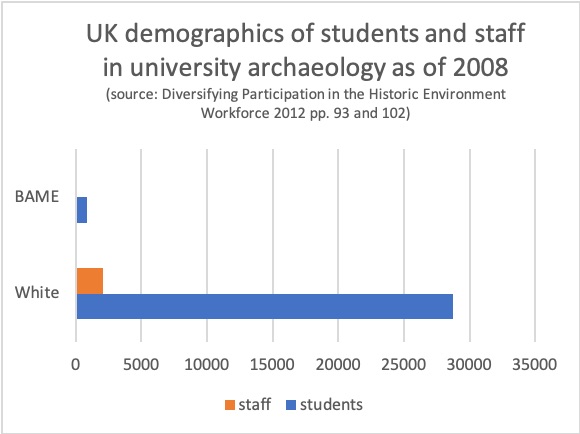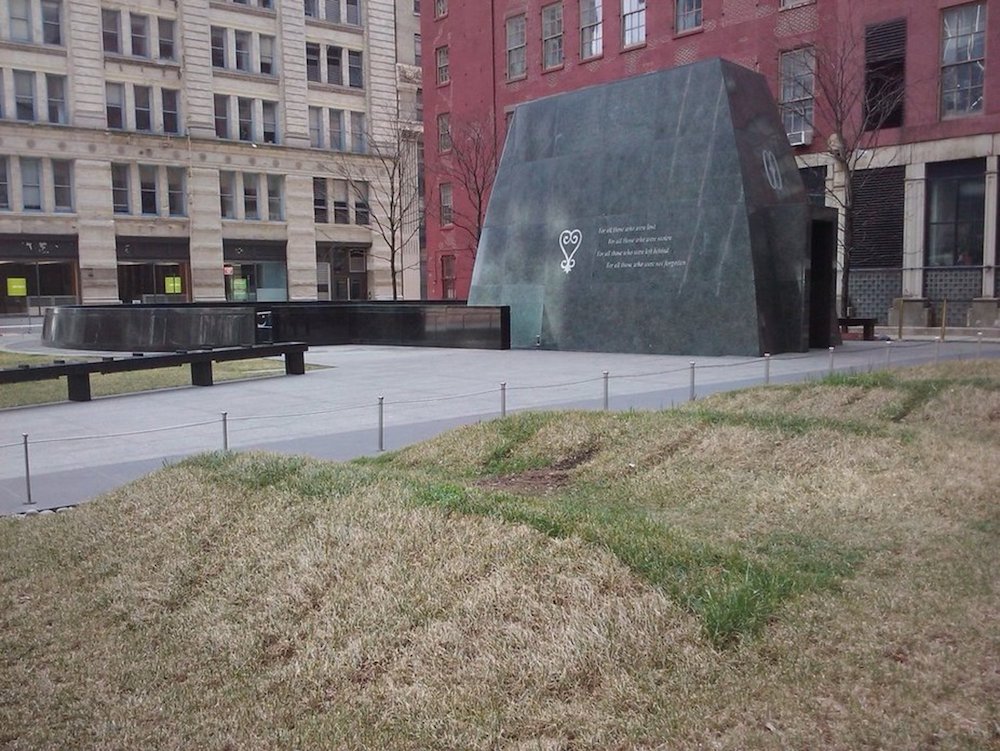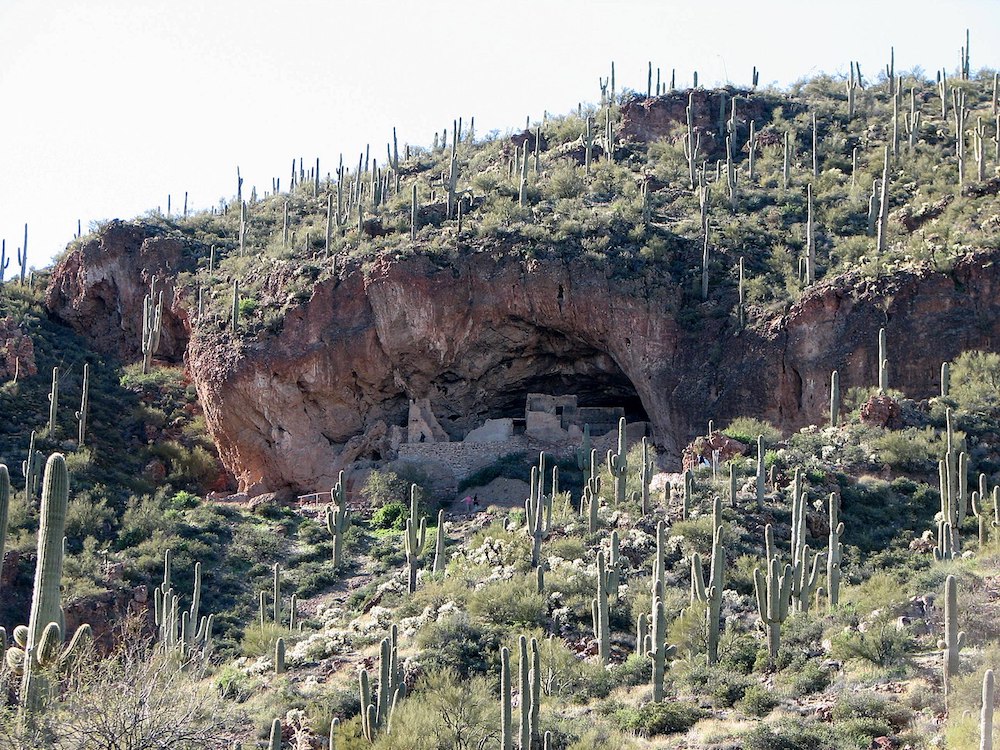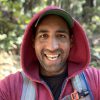Why the Whiteness of Archaeology Is a Problem
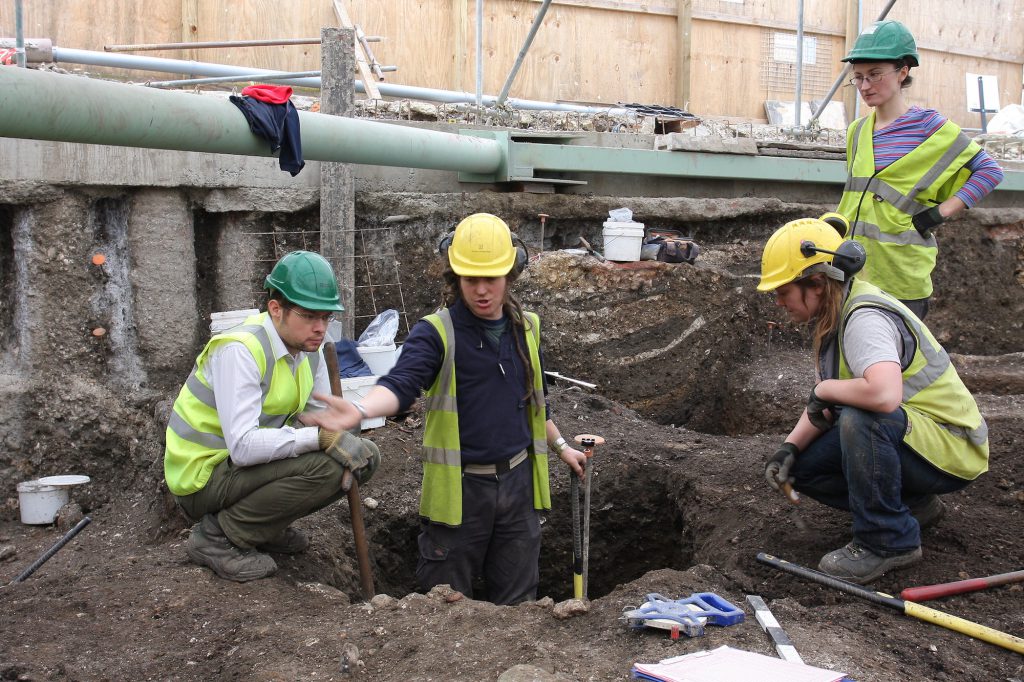
One hot, sunny day in the Sonoran Desert, I (William) stood with the crew of a cultural management project near the tailgate of our field truck, filling water bottles, getting our paperwork ready, and preparing to comb the desert looking for archaeological sites. I held out my hand for the shared bottle of sunscreen, and my co-worker looked at me with a confused expression.
“Why do you want this?” he asked, adding something along the lines of, “I didn’t think you people used sunscreen.”
My expression showed how I felt. He stammered as he tried to walk back what he’d just said. As I applied the lotion, I informed him that Black people could get sunburned just like other folks and that long-term exposure to direct sunlight wasn’t good for anyone’s skin. After that, I started putting on sunscreen alone in my hotel room.
That was almost 20 years ago. In some ways, archaeology has changed since then. But much more work remains to be done.
In recent years, calls have reached a head to decolonize museum collections—by returning heritage objects to their owners or presenting them differently—and to adjust curricula and scholarship to present more diverse views of history. But archaeology still has a diversity problem: Its workforce remains overwhelmingly white.
I am an African American archaeologist who never saw anyone but white people doing archaeology until 2011, after doing archaeology for almost a decade. In the last survey of the U.S. archaeological workforce, done by the Society for American Archaeology in 1994, a whopping 98 percent of 1,502 respondents identified themselves as being of European heritage. Only two identified as African American, while four identified as being of Asian heritage, 15 as Hispanic, and 10 as Native American.
Similarly, in the U.K., the last Profiling the Profession survey, published in 2013, found that 99.2 percent of paid archaeology staff and 97 percent of volunteers identified as white. (The other 3 percent of volunteers identified as mixed; only one paid staffer identified as Black.) It doesn’t seem like these numbers will change dramatically anytime soon: Similar proportions were found for archaeology students in U.K. universities.
This lack of diversity hints that there are barriers to study and work for some people but not for others. That’s a problem in itself. But a lack of diversity is especially problematic in archaeology because archaeologists help shape humanity’s understanding of the past. Who archaeologists are—our backgrounds, experiences, and mental models—can shape which questions we ask and how we interpret archaeological evidence. White archaeologists may ask quite different questions, and interpret data differently, than people of other groups, including Black, Latinx or Hispanic, Asian American, or Indigenous.
This phenomenon has been noted for a long time where sex and gender are concerned: Looking at the past through different lenses has enabled feminist scholars to highlight female warriors, toolmakers, and workers sidelined or ignored by other investigators.
Race has similar issues.
Take, for example, a well-known project from the 1990s. The African Burial Ground in New York City—a cemetery for some of the earliest enslaved Africans who lived in the city—was marked on historical maps. But when it was uncovered by archaeologists in 1991, the regulatory agency administering the project failed to consult with the local African American descendant community. A dispute emerged when members of the community realized that one of the priorities of the archaeology team, which contained no Black members, was to use the remains in efforts to identify different skeletal traits of different races—an aspect of bioarchaeology with roots in now largely discredited race pseudoscience.
Officials with both the federal government and New York City were forced to change the project into a collaborative effort, hiring African American archaeologists from Howard University to work with local Black New Yorkers to develop better questions for investigation. Together, they explored what it was like being Black in 17th- and 18th-century New York, the origins of the people interred in the cemetery, and how to ethically commemorate Black ancestral remains.
Ironically, it is the same structural racism that many archaeologists and anthropologists research today that is the reason why archaeologists in the United States and United Kingdom disproportionately are of European ancestry.
Anthropology and archaeology in these countries basically started with white people’s attempts to understand those they considered different—and unequal—to themselves. Archaeological and anthropological research in the United States, for example, has been used to defend political acts biased against nonwhite “Others,” including driving Native Americans from their lands, using African Americans in particular medical experiments, and economically exploiting Chinese immigrant laborers. The “othering” derived from such research helped justify pseudoscientific racial hierarchies that remain with us today.
The U.S.-based scholar Samuel Morton’s 1839 Crania Americana, for example, summarized human diversity based on cranial capacity, ranking Black people at the bottom of a racial hierarchy and Caucasians at the top. Morton’s work supported ideas of Black inferiority that maintained segregation and perpetuated negative public views of Black people.
In their 1848 book, Ancient Monuments of the Mississippi Valley, E.G. Squier and E.H. Davis in the United States attributed monumental earthwork mounds to some lost race originating in Peru or Mexico—they refused to believe that Native North Americans could have created such sophisticated sites. This and similar work supported people’s beliefs about Indigenous peoples’ inferiority for decades afterward.
Such privileged scientific works were used to support laws and economic policies that have disproportionately benefited white people well into the 21st century. Today white people are more likely to qualify for and attend college, and pursue a graduate degree in anthropology and archaeology. As a result, the long study of human cultures in North America and elsewhere has primarily been done by white archaeologists.
Good projects don’t treat volunteers or local participants as “lesser.”
This holds true even in places where the populations are majority nonwhite. I (Catherine) am a white archaeologist from Bermuda, an island that is more than 50 percent Black. More Bermudians have entered the field of archaeology in recent years, yet not one of them, to my knowledge, is Black.
Last summer an opportunity arose for me to address archaeology’s whiteness in a public lecture in Bermuda. In the lead-up, some people responded with incredulity and anger, claiming I was making something about race; people posted on the news article announcing my talk with comments like, “Why are some people always looking for the racist angle???” Many of the people who came to my lecture, and others who responded to a pilot survey I ran, agreed that more intensive outreach is obviously needed to counter misconceptions.
Misconceptions are rife. I (William) know many white archaeologists who have fundamental misunderstandings about Black people. In addition to the crew member not offering me sunscreen because he didn’t think I could get a sunburn, I’ve had archaeologists tell me I have a natural resistance to chigger bites and say I will be better suited for a job because I have a natural resistance to heat and humidity. This is all based on pseudoscientific 19th-century anthropology continuing into the 21st century.
I have also seen white archaeologists “correct” Native American and African American narratives, sometimes speaking over the voices of community elders.
I once spent eight hours watching National Park Service (NPS) archaeologists conduct a daylong “consultation” meeting with tribal elders and members from four different tribes in Arizona and New Mexico in anticipation of renovations to the visitor center at the Tonto National Monument, which includes information panels about tribal cultures. Tribal representatives had been invited from miles away so they could see the proposed improvements, which were in late stages of development, and were told they would be given a chance to provide input.
The archaeologists created a daylong PowerPoint presentation and delivered it unceasingly, pausing every half hour or so to quickly ask the elders, “Do you have any questions?” The few times tribal members were able to get a word in, the NPS archaeologists said they’d, “add that to the list” and “revisit that later.” In my view, Native American concerns were largely treated as obstacles to getting the NPS project done the way they’d already designed it.
Deeply unsatisfied, the tribal representatives asked something along the lines of: Why did you invite us here if you’ve already made all the decisions for us? Why ask for our input if you aren’t going to give us time to respond? They told the NPS archaeologists they would return to their homes, where they would spend however much time they needed to send back a response.
Histories are all-too-often appropriated for museum exhibits and visitor centers without collaboration or consultation with descendant communities. Not only do Black and Native people remain uncompensated for their heritage, they aren’t even asked if those who took this “knowledge” got the facts right.
The Black people I collaborate with frequently tell me they never learned anything about the histories of their landscapes and places that matter to their heritage. These Black histories are not taught in schools, and it takes a lot of work to discover resources that reveal them. Archaeologists remain the gatekeepers of heritage, which is why it is so important that their work is conducted in close concert with nonwhite communities whenever applicable.
We have noticed a slowly increasing number of nonwhite archaeologists in the U.K. and the U.S., which gives hope for the future of archaeology. In the U.S., many of these individuals are doing powerful work for Tribal Historic Preservation Offices, departments in tribes that advise the federal government on heritage issues and protect cultural places and practices. Some are taking leadership roles in overwhelmingly white archaeology organizations, such as the current Society for American Archaeology President Joe Watkins, who is a member of the Choctaw Nation.
The Society of Black Archaeologists was founded in 2011 in the United States to increase the number of archaeologists of African descent and address the heritage conservation concerns of communities across the African diaspora. Their most recent work on the island of St. Croix in the U.S. Virgin Islands is a great example of collaboration between local Afro-Crucian communities and institutions. This project is designed, staffed, and led by an all-Black crew of professional archaeologists (including me, William). In addition to providing paid field experience for over a dozen Black college students from the U.S. mainland, it has provided archaeological learning opportunities for more than 20 Crucian youth. Successful projects like this are reshaping how engaged, community-based archaeology can work for Black communities.
Now is the time for more joined-up projects like these. Archaeology too often operates in a kind of splendid academic isolation. There is a great need for archaeologists to do less telling and more asking and listening. We need to break down colonial-era hierarchies that distinguish “archaeologists” as authority figures and treat community contributors as peripheral. Good projects don’t treat volunteers or local participants as “lesser”; they allow those who feel ownership over archaeological sites to play leading and valuable roles. If a person wants to participate in a local archaeological project that matters to their heritage, or if they want to consult with community members, their contribution should be recognized as valid and valuable.
Unconscious bias means that white leadership, like male-only leadership, too often ends up replicating and reinforcing the status quo, however unintentionally. So, the profession also needs a potentially uncomfortable disruption to the status quo through some major shifts in recruitment and hiring.
This is possible. Take a look, for example, at the sea change in gender proportions in U.K. archaeology, both professional and academic, over the past decade. The Profiling the Profession survey shows that from 1998 to 2013, the number of women working in professional archaeology in the U.K. rose from 35 percent to 46 percent.
Everyone can help to make these shifts, no matter how they self-identify. When you are visiting archaeological or historical sites, or even looking at the architecture and images in your built environment, ask yourself: Who and what is foregrounded here? What, and who, is missing from this story? Try to read between the lines when you hear interpretations of past cultures. How have racial constructs in the present limited understandings of the past?
If you choose, you could also help with financial support for projects such as Archaeology in the Community, which is struggling with the social distancing imposed by the COVID-19 pandemic, or you could donate to the Society of Black Archaeologists or to college funds.
Anti-racism advocacy is not race specific. We can all make a contribution.
